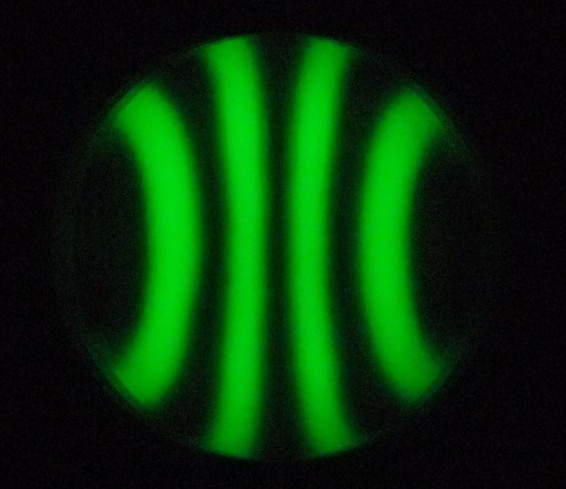The mirror is made of Borosilicate which is very similar to Pyrex. It has a low coefficient of expansion which is important as you want your mirror to keep its shape once it has cooled down.
To make a mirror, you need to first grind it with coarse silicon carbide to give it a curvature. Then finer grit is used until the surface starts shining from a low viewing angle. Then we can switch the grit for Cerium oxide which will replace the mechanical abrasion by a chemical one. At that stage, we have to rub the glass onto a soft surface. Telescope makers generally use pitch because it retains its shape and embeds the cerium particles onto its surface.
Once the surface of the glass is completely polished, we need to slightly alter the curvature to go from a spherical shape to a paraboloid shape. This process is achieved by alternating specific courses of the mirror onto the pitch tool.
Once the paraboloid is reached, the mirror is sent for coating. An thin aluminium layer is deposited onto the surface of the glass in a vacuum chamber and optional coated with additional protective treatments.
The center of the finished mirror can be marked since it does not participate in the final image seen in the eyepiece.
The mirror has a F/D ratio of 4.75 and has a rating of 1/10 Lambda Peak To Valley.
The Strehl ratio is 0.985 (primary) * 0.91 (central obstruction) * 0.99 (secondary) = 0.89 which is well above the diffraction limit of 0.84.

















